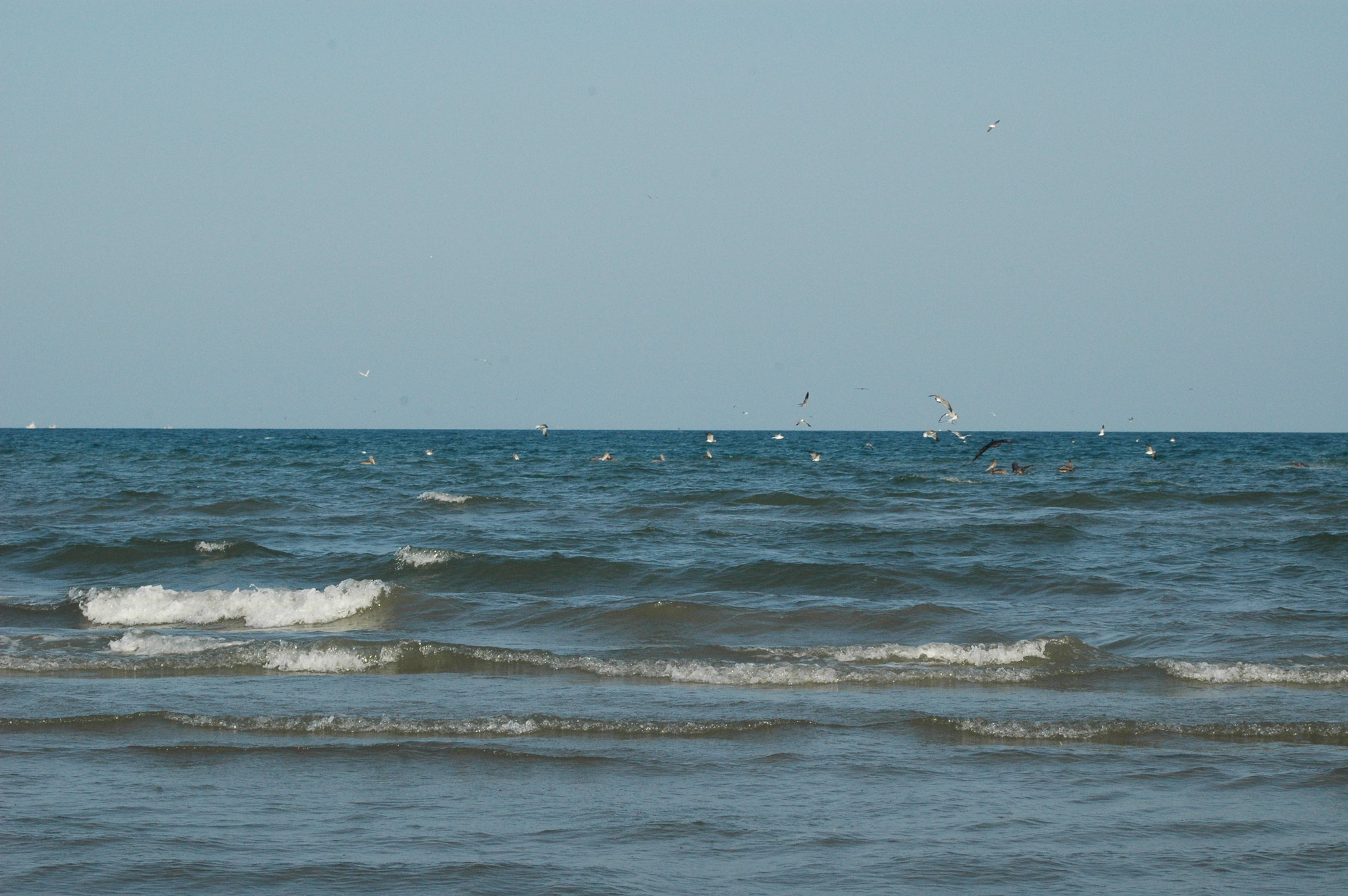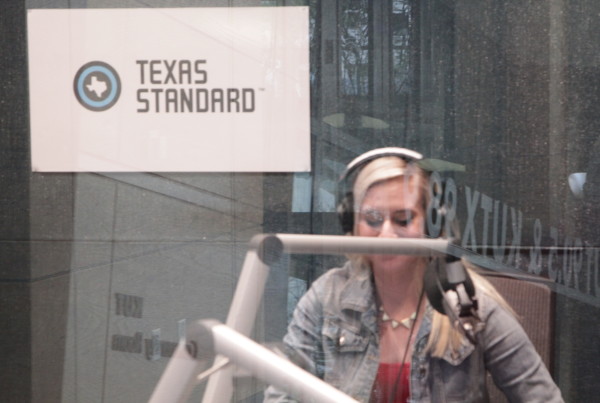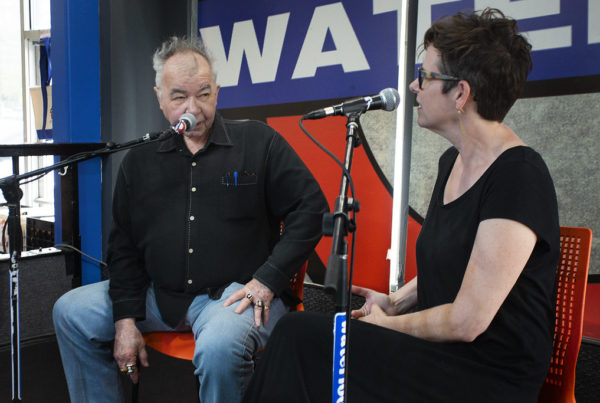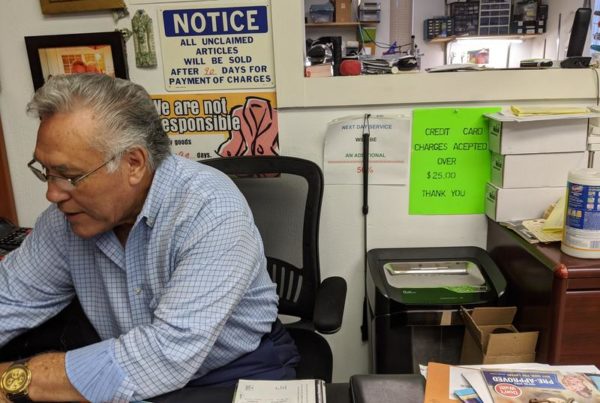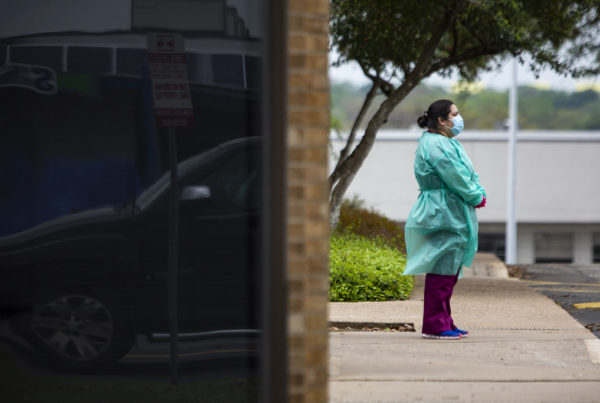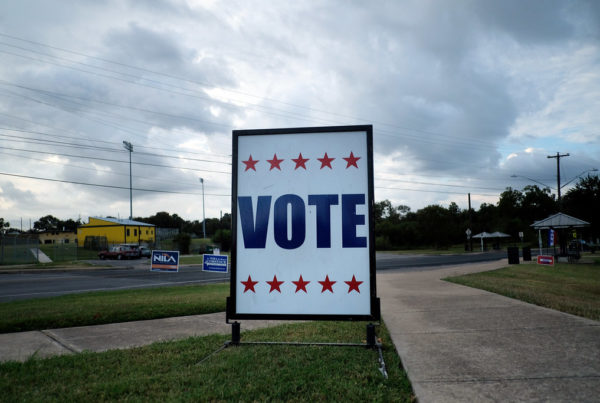With springtime well underway and summer on the horizon, many Texans would typically be planning weekend road trips or even longer vacations within the Lone Star State. But most tourist attractions and beaches are closed for vacationers because of the pandemic.
Those closures are hitting hard the communities that rely on tourism. Both the U.S. Travel Association and Tourism Economics estimate that the American tourism industry will lose almost 6 million jobs by the end of April alone. And in Texas, tourism is normally at least a $69 billion industry, according to the Texas Commission on the Arts. The business closures and job losses are devastating some small towns, as local news outlets have been reporting.
Texas Standard host David Brown spoke with leaders in three towns that depend on tourism for their livelihoods: Port Aransas on the Gulf Coast, Wimberley in the Hill Country and Marfa in West Texas.
Port Aransas Mayor Charles Bujan said his city issued a stay-at-home order that is more stringent than those from the state and Nueces County. He said the restrictions are necessary because of the number of visitors who come to the city.
“We get somewhere between 2 million and 5 million visitors a year here to go fishing, to go to the beach,” Bujan said. “We get a lot of traffic here, and unfortunately, I hate to say this, but not everybody in Texas obeys the governor’s stay-at-home order.”
Wimberley City Administrator Shawn Cox said his city’s main street is typically packed with people and cars this time of year.
“We’ve seen some of our businesses take an 80% cut,” Cox said.
Marfa City Manager John Washburn said the city’s hotels and restaurants are closed, and short-term vacation rentals are prohibited. Marfa attracts a large number of tourists from all over the world because of its art scene. Washburn said social distancing is imperative there because of the long distances between towns and medical facilities in West Texas.
“It’s hit the community very hard,” he said.
In Port Aransas, residents and businesses are still recovering from Hurricane Harvey, which devastated the city in 2017. The recent pandemic is an added challenge.
“We were about 90%-95% destroyed,” he said. “We’ve come a long way since then but we still have a long way to go.”
Wimberley also dealt with natural disaster in recent years. A major flood in 2015 killed 13 people and destroyed 350 homes. But with support from nearby communities, the town recovered.
“People in Hays County came together for Wimberley and everybody affected along the Blanco [River,]” Cox said.
The hope is that the same spirit of community will help Wimberley bounce back again.
Marfa is already starting to look toward the future. Washburn said it’s creating a task force that includes community members. The group will help determine when facilities should reopen. But the city is still mostly focused on public health and safety, trying to prevent the spread of COVID-19.
“I think the point needs to be driven home that the overarching factor needs to be we need to really heed the medical advice of our medical professionals in the area,” he said.
Web story by Shelly Brisbin.
If you found the reporting above valuable, please consider making a donation to support it here. Your gift helps pay for everything you find on texasstandard.org and KUT.org. Thanks for donating today.


